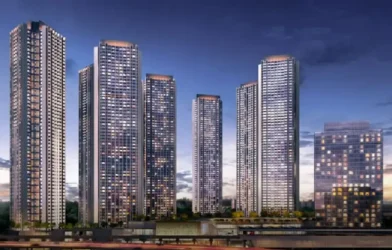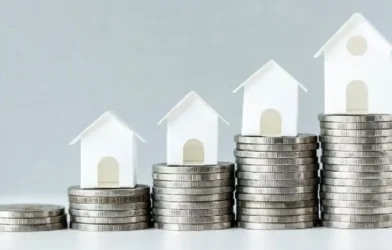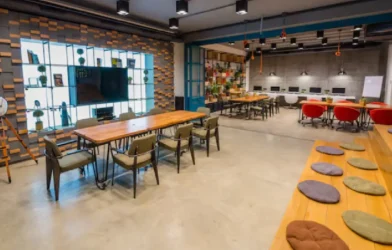Subtotal ₹0.00
The real estate sector had hardly emerged from the shadow of the Covid pandemic to stage a worthwhile recovery as the Russia-Ukraine war has cast its shadow over it, The fall out in the form of a massive hike in crude prices, leading to a substantial rise in the cost of building materials, threatens the housing affordability, with possible adverse impact on government’s flagship mission of ‘Housing for All’. Vinod Behl
For the past few years, residential real estate has been maintaining affordability due to progressive policies of the government, turning the real estate into the end-user market, supporting affordable housing and maintaining prices. The all-time low-interest rates have further contributed in this regard. It is the result of all this that despite the massive derailment caused by the Corona pandemic, real estate including residential real estate has been on a strong recovery path, especially as housing sales bounced back across key markets in 2021. But the unabated rise in input costs , threatens to derail the home affordability, leading to an unsustainable increase in property prices. Already, as per the PropTiger report, home prices are up 3-7 percent. Leading listed developers have increased property prices by 10 percent.
It is a triple whammy for real estate. On one hand, there is a significant hike in the manufacturing cost of building materials due to costly fuel, on the other hand, rising crude prices have fuelled the freight costs. Further, due to high GST rates on construction materials like steel and cement, there is a multiplier effect on the prices of building materials. While a small increase in property prices can be absorbed, developers facing liquidity problems will have no option but to pass on the input cost hike to home buyers. This may well hurt the demand, thereby upsetting the recovery process.
Affordable housing, which is a low-margin and high-volume business, may turn out to be the biggest sufferer, especially when according to industry sources, input costs are up by Rs 300 per sq ft due to 15-25 percent hike in cement and steel prices. The rising inflation on the other hand, may spoil the home loan party. Banks and NBFCs have already raised lending rates by 15 bps. and RBI may be forced to hike lending rates due to rising inflation. As inflation is forecasted to be at 5.8 percent in FY23, higher than the RBI’s projection of 4.5 percent, Nomura Securities believes that in order to meet inflationary pressures, RBI may have to increase the policy repo rate by 200 bps.
Concerned over unprecedented cost pressures, apex industry bodies are now pleading with the government to take effective measures to control property prices. They have also approached RERA for relief by way of invoking force majeure so that developers can increase prices to cover their margins. Otherwise also for the success of the government’s flagship mission, Housing for All’, maintaining home affordability holds the key.
These dark war clouds hovering over the real estate horizon may blow over after some time, But in order to ensure long-term sustainable real estate growth, there is a need to bring down the cost of construction with the increasing use of technology, leading to shorter construction cycles. Faster project approvals, lower GST on construction materials, and easy and cheaper finance for projects will also help bring down construction costs, in turn ensuring affordable and sustainable real estate.













